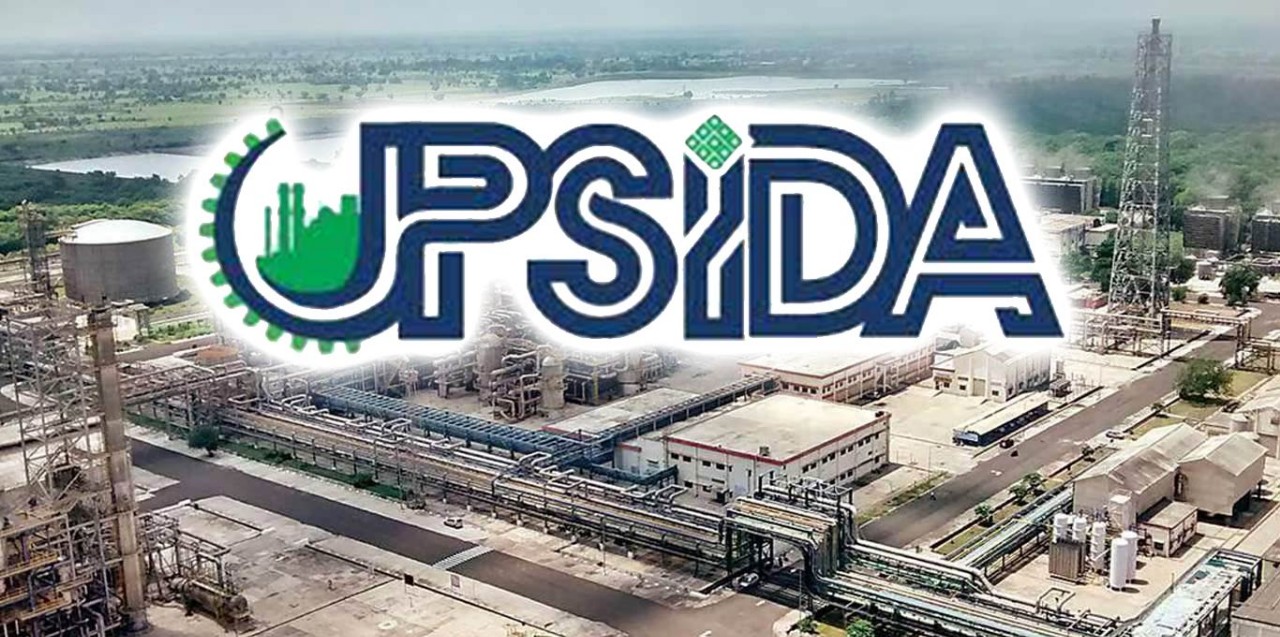The Uttar Pradesh State Industrial Development Authority (UPSIDA) is making headlines for its ambitious and structured push toward environmental sustainability across industrial zones. With a vision of transforming Uttar Pradesh into a green and industry-friendly state, UPSIDA is rolling out a series of initiatives that blend infrastructure upgrades, water reuse, and renewable energy integration.
Key highlights from UPSIDA’s environmental strategy
- UPSIDA is rapidly upgrading wastewater treatment infrastructure, including Sewage Treatment Plants (STPs), Wastewater Treatment Plants (WWTPs), and Common Effluent Treatment Plants (CETPs)
- The Surajpur WWTP in Gautam Buddha Nagar is being upgraded to Sequencing Batch Reactor (SBR) technology with a capacity of 6 MLD, targeted for completion by June 2026
- EPIP Kasna’s 3.6 MLD WWTP is also undergoing an SBR upgrade at a cost of Rs 678.59 lakh
- In Ghaziabad, the Loni STP has been operational since 2001 and runs on Moving Bed Biofilm Reactor (MBBR) technology with a 5 MLD capacity
- The CETP in Loni, dedicated to dyeing and textile waste, is set for a major expansion from 6 MLD to 16 MLD, backed by a Rs 42 crore DPR
Water reuse and circular economy in focus
UPSIDA’s approach is rooted in the principle of zero waste and maximum reuse. Treated water from purification plants is being repurposed for industrial applications such as:
- Cooling systems
- Flushing operations
- Gardening and landscaping
- Road cleaning and washing
To support this, dedicated pipeline infrastructure is being developed across industrial zones to ensure seamless supply of recycled water. This not only reduces the consumption of fresh water but also strengthens the circular economy model UPSIDA is championing.
Solar energy integration and carbon reduction
UPSIDA is also prioritizing solarisation across its treatment plants and industrial areas. Rooftop solar panels are being installed at plant sites to meet energy demands through renewable sources. This initiative is expected to:
- Lower operational energy costs
- Reduce carbon emissions
- Enhance energy self-sufficiency across industrial zones
The solar push aligns with Chief Minister Yogi Adityanath’s broader vision of clean water, clean industry, and energy self-reliance.
Infrastructure and policy alignment
UPSIDA’s environmental efforts are part of a larger framework aimed at sustainable industrial development. The authority is:
- Promoting pollution control measures
- Managing solid and liquid waste responsibly
- Creating green zones within industrial clusters
- Supporting inclusive growth through eco-conscious planning
These measures are not just reactive but proactive, setting a benchmark for other states to emulate. UPSIDA’s model integrates environmental responsibility with industrial efficiency, ensuring that economic growth does not come at the cost of ecological degradation.
Looking ahead
With multiple projects underway and more in the pipeline, UPSIDA’s green industrial model is poised to reshape how industrial development is approached in India. The authority’s commitment to sustainability, resource conservation, and innovation reflects a shift toward long-term resilience rather than short-term gains.
As the upgraded plants come online and solar panels begin generating clean energy, UPSIDA’s blueprint could become a national template for balancing industrial ambition with environmental stewardship.
Sources: Hindustan Times, UNI India, The Statesman, Indian Express, Economic Times Government

